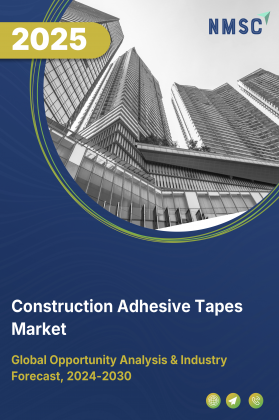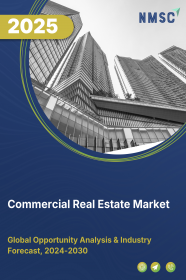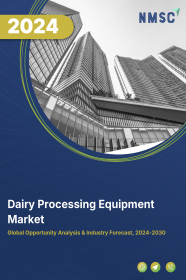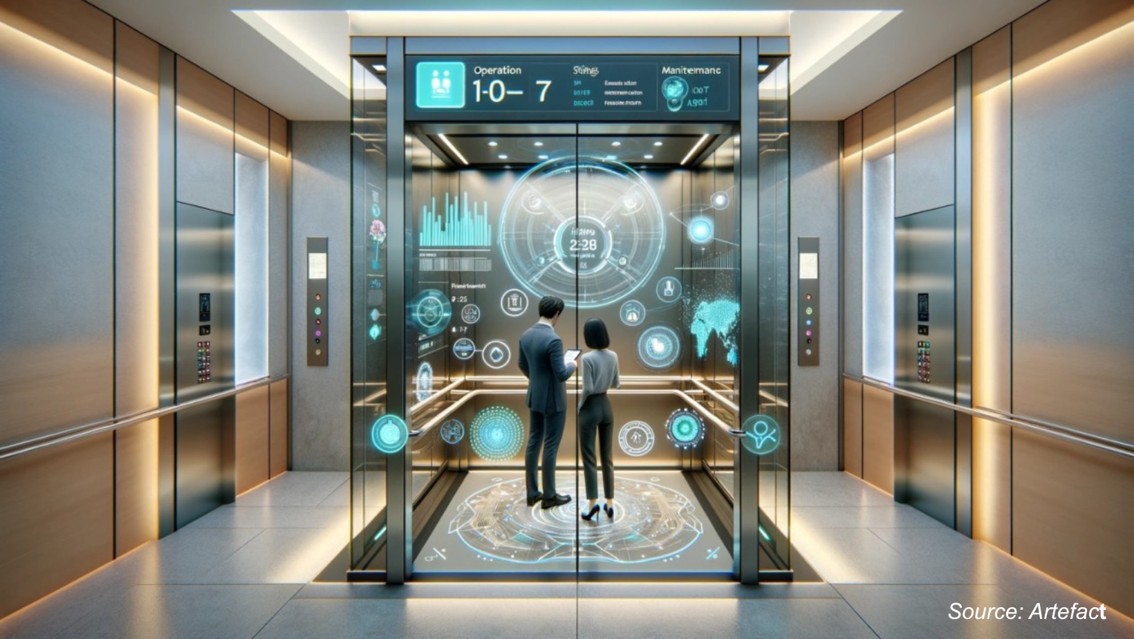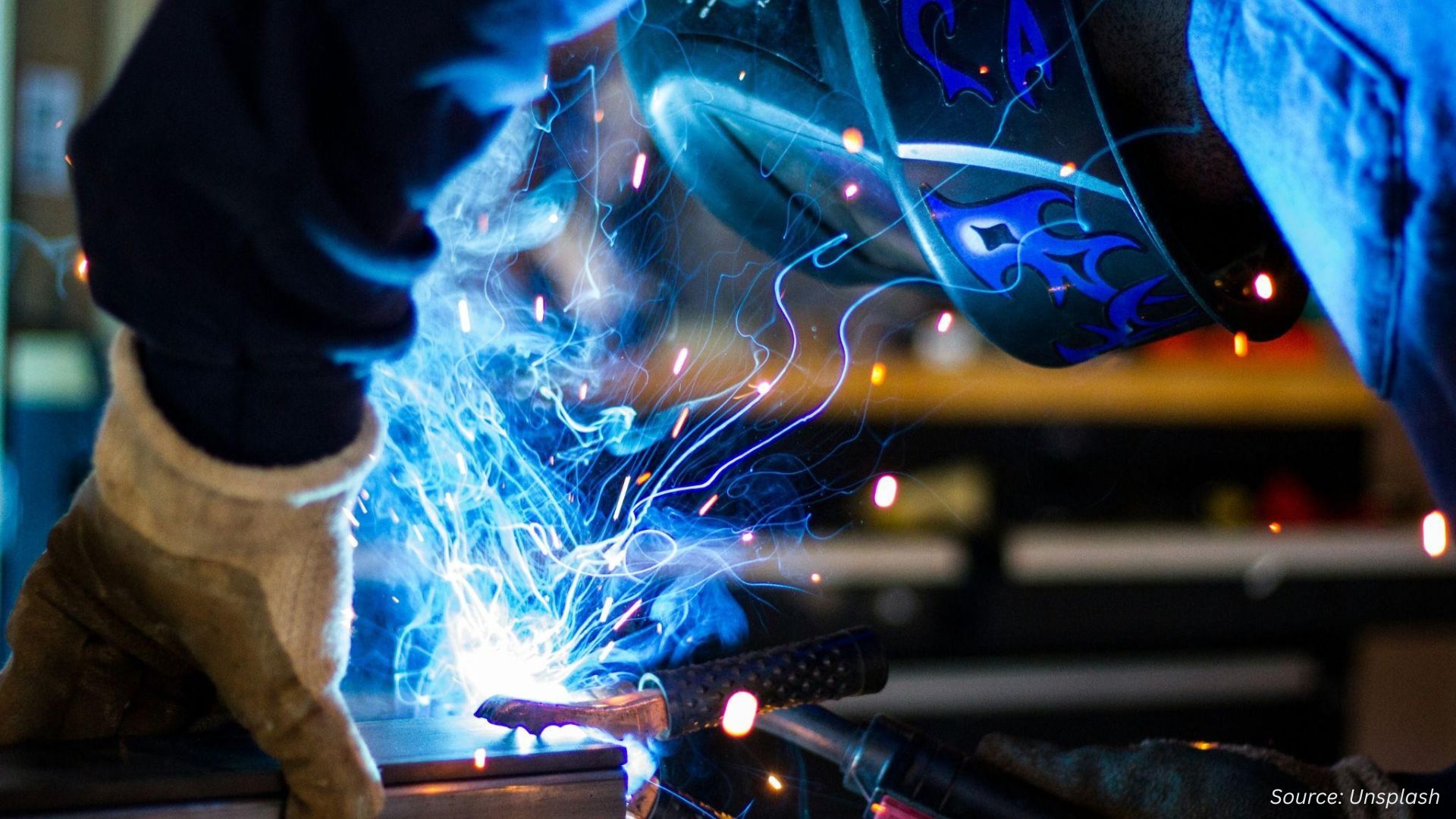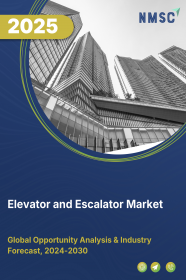
Elevator and Escalator Market by Product Type (Elevator, Escalator, Moving Walkways), by Technology (Traction, and Hydraulic), by Service (New Installation, Maintenance Repair, Modernization), by Application (Residential, Hypermarkets, Malls, Corporate Office, and Others), by Capacity(Less than 1500 KG, 1500 to 2500 KG, 2501 to 4000 KG, More than 4000 KG), by Speed(Less than 1 M/S, Between 1 to 4 M/S, More than 5 M/S) – Global Opportunity Analysis and Industry Forecast 2022-2030.
Market Definition
The global Elevator and Escalator Market size was valued at USD 134.4 Bn in 2021 and is predicted to reach USD 183.4 Bn by 2030 with a CAGR of 6.5% from 2022-2030. Elevators and escalators are essential and integral devices used in commercial and residential buildings, as well as for industrial purposes.
The popularity of elevators and escalators is increasing significantly to transport passengers up and down short vertical distances. The energy consumption by elevators and escalators in a building varies between 2% – 10%, which necessitates the need for an efficient mobility solution between floors.
The movement of people and freight within relatively confined areas such as office buildings, airport terminals, and large ships is usually accomplished by means of elevators and escalators. The installation of elevators and escalators in a multi-storey building needs a lot of curation and precise planning to ensure safety measures for the people.
Market Dynamics and Trends
The demand for elevators and escalators is increasing due to the rapid urbanization, resulting in proliferation of construction activities along with advancements in Internet of Things (IoT) technology.
For instance, in June 2021 Otis Worldwide Corp. created a new generation of digitally native elevators by introducing the Otis Gen3 and Gen360 digital elevator platforms that provide smooth, quiet rides, safety, durability and energy efficiency.
Additionally, the rising incorporation of ultra-modern facilities such as greater passenger capacity and easy accessibility of elevators are expected to propel the growth of the market during the forecast period. Furthermore, surging geriatric population induced the owners of malls and government offices to deploy elevators and escalators that is an important factor boosting the market.
In addition, accelerating development of smart cities that incorporate novel technologies including elevators and escalators are driving the elevator and escalator market. However, high installation costs and strict government regulations regarding the safety standards of elevators and escalators are factors that are expected to restrain the growth of the elevators and escalators market during the forecast period.
Also, nationwide lockdowns due to Covid 19 pandemic had a huge impact on the AEC market including labor intensive industries and reduced new constructions & modernized activities that hampered the growth of elevators and escalators market.
On the other hand, 2022 marks the recovery year for the AEC industry, leading to growing new trends and innovations in elevators and escalators such as pneumatic elevators, smart lifts, and traction elevators, which are expected to create lucrative growth opportunities for the elevator and escalator market players.
Market Segmentations and Scope of the Study
The elevator and escalator market share has been segmented based of type, product, technology, service, application, and geography. Based on the type, the industry is classified into passenger elevator, freight elevator, and others. Based on product, the market is categorized into elevators, escalators, and moving walkways. Based on technology, the industry is classified into traction, machine room-less traction, and hydraulic. Based on service, the industry is classified into new installation, maintenance repair, modernization, and others. Based on application, the industry is classified into residential, hypermarkets, malls, corporate office, and others. The geography breakdown and analysis of each of the aforesaid segments includes regions comprising of North America, Europe, Asia-Pacific, and ROW.
Geographical Analysis
Asia-Pacific region holds the lion's share of elevator and escalator market at present and is expected to continue its dominance during the forecast period. This is attributed to factors such as easy availability of raw materials, low labor costs and a moderately stringent regulatory framework in this region.
Also, increasing demand for high-speed lifts owing to the construction of skyscrapers is significantly boosting the market. For instance, the Merdeka 118, also known as Warisan Merdeka Tower is a 118-story, 678.9-metre-tall mega tall skyscraper in Malaysia. The spire of the building was completed in November 2021 and is expected to be finished by the end of 2022, becoming the tallest in Malaysia and Southeast Asia.
On the other hand, North America is expected to witness a steady rise in the elevator and escalator market due to the increasing erection of commercial structures such as shopping malls, hotels, hypermarkets, restaurants and others.
Also, prevalence of industries such as automotive, energy and power, petrochemical and others that uses elevators or escalators to move heavy objects are driving the market sales in this region. Moreover, this region is expected to have high urbanization rate, improved living standards and increased expenditure in the infrastructure sector thus creating more demand of this market in this region.
Competitive Landscape
The elevators and escalators industry comprises of various market players such as Schindler Group, Otis Worldwide Corporation, TK Elevator (TKE), KONE Corporation, Fujitec Co. Ltd, Hyundai elevator Co. Ltd, Mitsubishi Electric Corporation, Toshiba Corporation, Hitachi Ltd., Larsson Elevator Co.,LTD, IFE Elevators Co., Ltd., Canny Elevator, Ningbo Hosting Elevator Co., Ltd. , FUJI Elevator Co., Ltd., Sharp Elevators Co., Limited
These manufacturers are actively indulging in product launches and R&D initiatives and product & technology innovations to enhance their product and increase their growth as well as geographical reach. For instance, in May 2022, KONE India announced world's largest passenger elevator at Jio World Centre, Mumbai. A year before on October 2021, Kone launched the world’s first digitally connected KONE DX Class Elevators with built-in connectivity that would provide its users experience to life through a combination of design, technology, new materials, apps, and services.
Also, in July 2021, Hitachi Ltd. had announced that they have developed an innovative touch less lift solution that would help the lift to navigate on different floors with a mobile access system. This system helps the certified phones to operate the lift even from the remote mobile phone.
Key Benefits
-
The elevator and escalator market report provides the quantitative analysis of the current market and estimations throughout 2022-2030 that assists in identifying the prevailing industry opportunities to capitalize on.
-
The study comprises a deep dive analysis of the current and future elevator and escalator market trends, depicting the prevalent investment pockets in the industry.
-
The information related to key drivers, restraints and opportunities and their impact on the elevator and escalator market is provided in the report.
-
The competitive analysis of the market players along with their market share in the elevator and escalator industry.
-
The SWOT analysis and Porter's Five Forces model is elaborated in the study.
-
Value chain analysis in the market study provides a clear picture of the stakeholders’ roles.
Elevator and Escalator Market Key Segments
By Product Type
-
Elevator
-
Passenger Elevator
-
Freight Elevator
-
Other Elevator
-
-
Escalator
-
Moving Walkaways
By Technology
-
Traction
-
Machine Room (MR) Traction
-
Machine Roomlesss (MRL) Traction
-
-
Hydraulic
By Service
-
New Installation
-
Maintenance
-
Modernization
By Capacity
-
Less than 1500 KG
-
1500 to 2500 KG
-
2501 to 4000 KG
-
More than 4000 KG
By Speed
-
Less than 1 M/S
-
Between 1 to 4 M/S
-
More than 5 M/S
By Deck Type
-
Single Deck
-
Double Deck
By Designation Control
-
Smart
-
Conventional
By Door Type
-
Automatic
-
Manual
By Operation
-
Low-Rise
-
Mid-Rise
-
High-Rise
By Application
-
Residential
-
Commercial
-
Industrial
By Geography
-
North America
-
U.S.
-
Canada
-
Mexico
-
-
Europe
-
UK
-
Germany
-
France
-
Italy
-
Spain
-
Russia
-
Sweden
-
Norway
-
Denmark
-
Netherlands
-
Finland
-
Rest of Europe
-
-
Asia-Pacific
-
China
-
India
-
Japan
-
South Korea
-
Australia
-
Indonesia
-
Singapore
-
Taiwan
-
Thailand
-
Rest of Asia-Pacific
-
-
RoW
-
UAE
-
Saudi Arabia
-
South Africa
-
Brazil
-
Remaining Countries
-
Key Players
-
Schindler Group
-
Otis Worldwide Corporation
-
TK Elevator (TKE)
-
KONE Corporation
-
Fujitec Co. Ltd
-
Hyundai elevator Co. Ltd
-
Mitsubishi Electric Corporation
-
Toshiba Corporation
-
Hitachi Ltd.
-
Larsson Elevator Co.,LTD
-
IFE Elevators Co., Ltd.
-
Canny Elevator
-
Ningbo Hosting Elevator Co., Ltd.
-
FUJI Elevator Co., Ltd.
-
Sharp Elevators Co., Limited
REPORT SCOPE AND SEGMENTATION:
|
Parameters |
Details |
|
Market Size in 2021 |
USD 134.4 Billion |
|
Revenue Forecast in 2030 |
USD 183.4 Billion |
|
Growth Rate |
CAGR of 6.5% from 2023 to 2030 |
|
Analysis Period |
2021–2030 |
|
Base Year Considered |
2021 |
|
Forecast Period |
2022–2030 |
|
Market Size Estimation |
Billion (USD) |
|
Growth Factors |
Growing awareness about electric vehicles Stringent norms imposed by the government and environmental organizations due to rising environmental concerns The increasing availability of high-range electric trucks |
|
Countries Covered |
30 |
|
Companies Profiled |
15 |
|
Market Share |
Available for 10 companies |
|
Customization Scope |
Free customization (equivalent to up to 80 working hours of analysts) after purchase. Addition or alteration to country, regional, and segment scope. |
|
Pricing and Purchase Options |
Avail customized purchase options to meet your exact research needs. |




















 Speak to Our Analyst
Speak to Our Analyst



